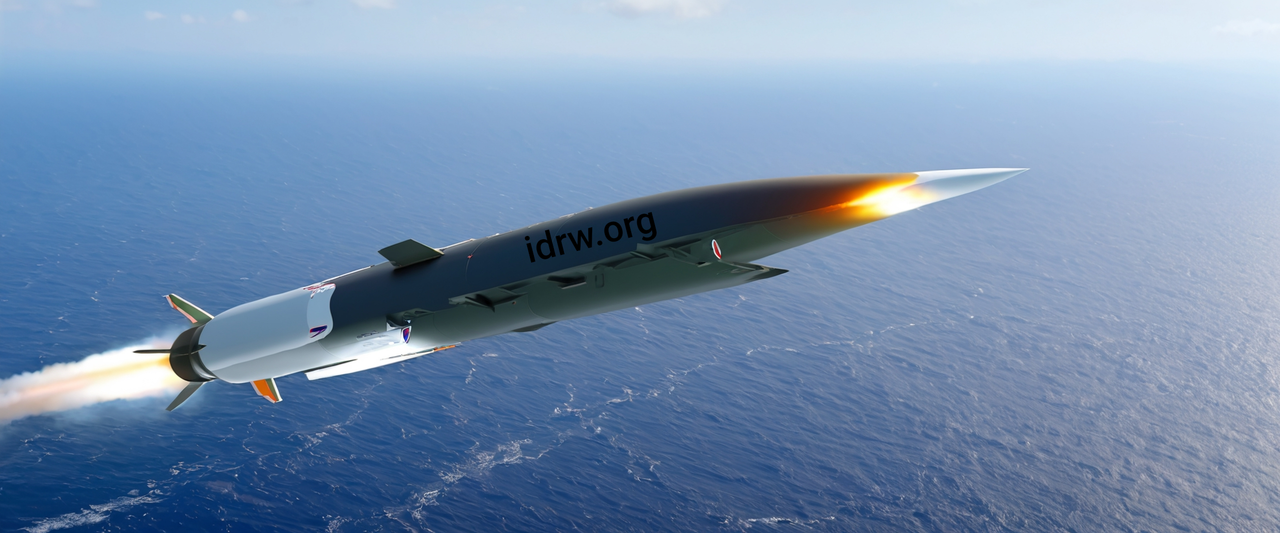SOURCE: IDRW.ORG TEAM

The Defence Research and Development Organisation (DRDO) is taking a significant step forward in its hypersonic missile program with the initiation of Project Vishnu. This ambitious project aims to develop a next-generation hypersonic cruise missile, marking a major leap in India’s defense capabilities.
Project Vishnu builds upon the successful trials of the Hypersonic Technology Demonstrator Vehicle (HSTDV). The HSTDV, powered by a scramjet engine, served as a crucial test platform for validating hypersonic technologies. Now, under Project Vishnu, DRDO will be focusing on the research and development of a more advanced fuel tank specifically designed for hypersonic cruise missiles.
This new fuel tank technology is expected to be far superior to existing systems, allowing for a longer range and potentially higher operational efficiency. It signifies DRDO’s commitment to pushing the boundaries of hypersonic technology.
In 2024, DRDO began fabrication of the cruise vehicle for the hypersonic missile. This signifies a critical step towards actual flight testing. Unlike the previous HSTDV trials, this upcoming test will involve a full-fledged hypersonic cruise missile prototype, not just a technology demonstrator.
Project Vishnu is likely to encompass the development of two distinct hypersonic missile variants. The first variant will be a surface-to-surface missile with a projected range of around 2,500 kilometers and could potentially enter service as early as 2024-2025.
The development of a hypersonic cruise missile will be a game-changer for India’s defense capabilities. These missiles, capable of traveling at speeds exceeding Mach 5, offer unparalleled maneuverability and pose a significant challenge to traditional air defense systems.
NOTE : Article cannot be reproduced without written permission of idrw.org in any form even for YouTube Videos to avoid Copy right strikes. Websites doing illegal reproductions will get DCMA and Legal Notices.